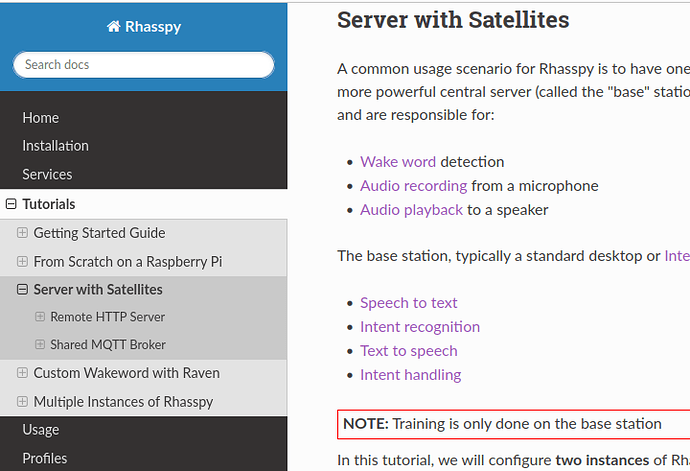So would I as for $15 for 4 core perf it really has no competitor and its my fave raspberry product, so I have been tuning in for raspberry mention which sadly its had a lack of, it could even be 2024 before we see stocks.
I still have x2 on order with Farnel Available to manufacturer lead time of 373 days sort of backs up the sad state of affairs.
The company has been prioritizing its commercial customers, with the 100,000 units for enthusiasts containing “Zero W, 3A+ and the 2GB and 4GB variants of Raspberry Pi 4”.
Pi02W has had zero mention for a while there is the 3A+ which really is near the same but $10+ more. The orignal Zero has had a price hike to $10 and the ZeroW is $15 which likely means there isn’t a chance of seeing a Pi02W for $15 and for now they seem to of shelved it.
We have the 2 mic hats and plugable do a stereo ADC usb soundcard if you want to wire up a pair of mics.
There are fakes as with my luck I have one on my desk next to the one I purchased direct Plugable USB Audio Adapter – Plugable Technologies
I think one of the above I2S ADC also works as a standard slave just like the adafruit I2S mic driver but with only a single available I2S port on a PI the 2mic or USB prob have preference.
If anyone can state if the other respeaker still have the random channels due to TDM mode sync problems there is those whilst generally USB versions act like conference mics rather than a smart assitant targetted voice solution. I have the 4 & 6 mic hat on my desk and just despair at the driver status that seems to break on each kernel update.
As said the Pi02W is my fave product but as well as stock when it comes to ML raspberries top end Pi4 is landing short of a sweet spot of quite a varied range of models from all aspects of KWS, ASR, NLU, TTS and there long term partner Broadcom is trying desparately to acquire IP after the fallout of being the biggest backer of the Nvidia takeover and what seems more of a fallout with RS who used to manufacture under licence, who has switched to Rockchip.
Raspberry at the moment is a complete no-mans land of if and when, Pi02W has had zero mention and you have chipsets like the RK3588 kicking raspberries butt.
The OrangePi5 I recently got delivered for £86 for 4gb the CPU alone runs ML x4 Pi4 speed and that doesn’t even include the MaliG610 that with ArmNN has about 90% the ML perf as the CPU and we still haven’t mentioned its got a 3 core 2TOPs NPU which all in all if it was all utilised maybe a possible x20 ML boost over a Pi4 to demonstrate a gap that is quite huge irrespective of fan base.
Also slowly we are seeing some very capable 2nd user hardware come down in price where state of art home AI likely will be very much a thing.
I would prob be more likely to say there is better chance for the community to provide models that can run on a esp32-S3 via a model zoo for KWS with purchased in hardware such as a ZL38042LDF1 from microsemi as for me that solves the esspresif blobs as the models can run Opensource via Tensorflow4Micro.
If you where going to build something custom the total solution likely be around the price of the equivalent Pi Hat with ref designs and dev kits to clone such as ESP32-LyraTD-MSC Overview | Espressif Systems where opensource can be both fabbed and distributed via the likes of Seeed, as a S3 is pretty much a drop-in replacement for the lower ESP32.
Thats why the 2mic or USB soundcard maybe not optimal, but avail and I have working beamforming code, just no Pi’s available to purchase or at least the one I would prefer Pi02W.
The R in Rhasspy is currently both restrictive and not really available and have been honestly wondering if it is still viable as stuck for clear cut solutions.
![]()
